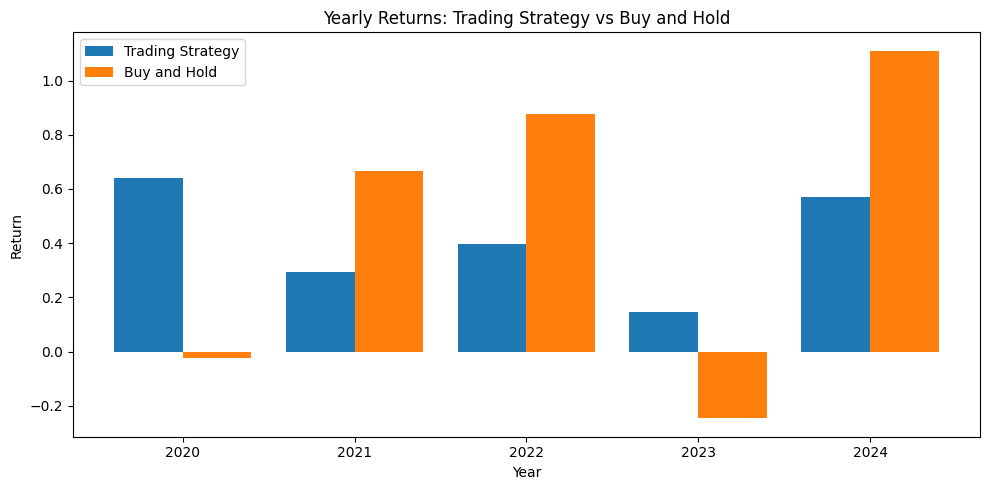Fine-Tuning Stock Strategies: TPL Trading with KST and Demarker Indicators
Enhance Stock Trading with Data-Driven Strategy Testing
In stock market analysis, developing a robust trading strategy requires a combination of technical indicators, proper data analysis, and rigorous testing. This article demonstrates how to use walk-forward optimization to optimize a trading strategy using the Know Sure Thing (KST) indicator alongside the Demarker Indicator. The goal is to fine-tune parameters based on historical data to find an optimal combination for maximum profitability.
Warning: The returns and results presented are solely based on backtesting using historical data. Although the system has undergone tests to enhance its robustness and resilience to market conditions, there is no guarantee that it will achieve similar profitability in the future. Markets carry inherent risks and volatility. Therefore, you should only invest money that you can afford to lose without causing financial distress.
What Are the KST and Demarker Indicators?
KST (Know Sure Thing): The KST indicator is a momentum oscillator that incorporates multiple Rate of Change (ROC) values over different periods. It combines short, medium, and long-term momentum to produce a signal for buying or selling an asset.
Demarker Indicator: The Demarker indicator is used to identify overbought and oversold conditions. It compares the previous high and low prices to the current prices, helping traders spot potential trend reversals.
The Walk-Forward Optimization Process
Walk-forward optimization is a technique used to test a trading strategy's performance over a rolling window. It involves using a subset of historical data (training data) to optimize the strategy, and then testing it on the subsequent data (testing period). This process is repeated for each time period, moving the training and testing windows forward. The goal is to avoid overfitting and ensure that the strategy generalizes well on unseen data.





